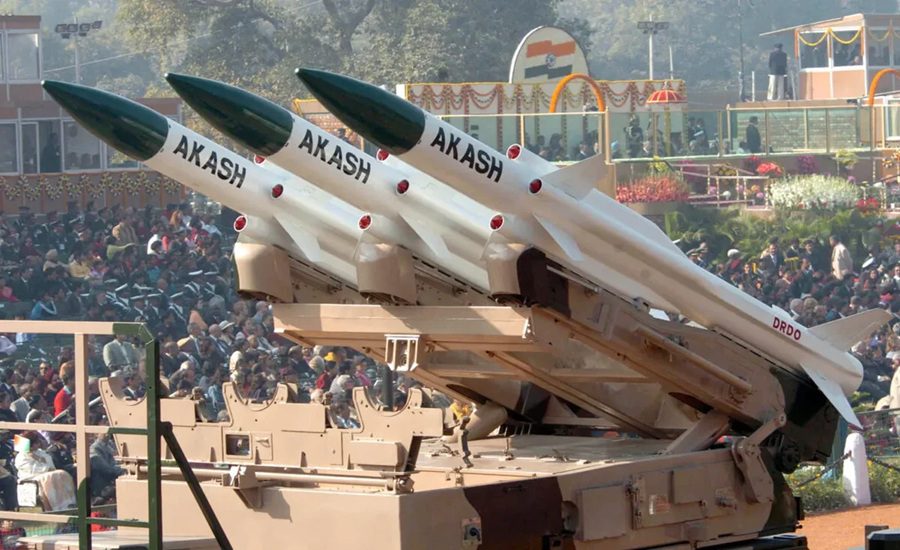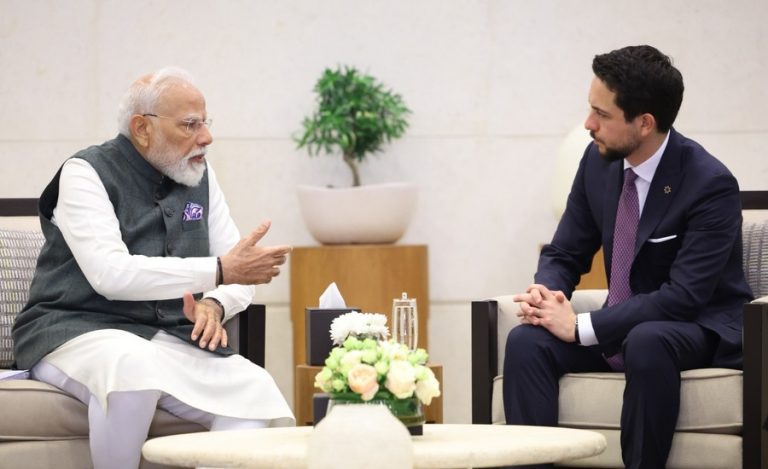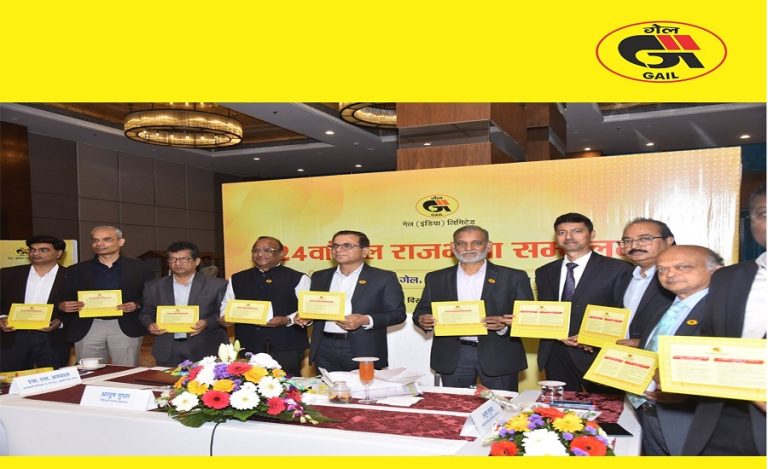New Delhi: India formally offered its indigenously developed Akash air defence system to Brazil. This marks a bold step in India’s efforts to deepen bilateral military ties and accelerate its Make in India defence exports.
This proposal is more than a sale — India and Brazil are discussing co-development and co-production arrangements for air-defence platforms, underlining mutual trust and future strategic collaboration.
Why Brazil is asking for Akash Air Defence System
Brazil has long aimed to upgrade its air defence capabilities, especially its capacity to counter aerial threats at multiple altitudes. The Indian offer arrives amid global competition in the defense export market.
However, earlier in 2025, Brazil reportedly abandoned negotiations with India over concerns that India was unwilling to offer the latest variant of Akash, instead proposing an older, fully India-controlled version.
Still, this renewed offer may reflect New Delhi’s willingness to bridge gaps and present more flexible terms to clinch major export deals.
What Is the Akash Air Defence System?
The Akash missile system is a medium-range, mobile, surface-to-air defence platform developed by DRDO and produced by Bharat Dynamics Limited (BDL) and BEL.
Key Features of Akash Air Defence System
Range & Altitude: It operates over ranges of ~4.5 km up to ~25 km (with advanced variants pushing further) and covers altitudes up to ~18 km.
Multi-target engagement: Capable of simultaneous tracking and engaging multiple aerial threats such as drones, aircraft, and missiles.
Radars & Sensors: Paired with radars such as the 3D central acquisition radar (3D-CAR) that tracks many targets and assists in command & control.
Mobility & Flexibility: The system is mobile (mounted on tracked/wheeled vehicles), enabling deployment in varied terrains and quick repositioning.
Variants & Upgrades: Newer versions like Akash-NG (Next Generation) and Akash Prime push performance further in range, guidance, and intercept capability.
Notably, Akash has been deployed by Indian forces and played a role in countering drone attacks along the LoC and in operations such as Operation Sindoor.
Challenges, Risks & Strategic Implications
There are following challenges in Akash Air Defence System export;
Export Hurdles & Intellectual Property: One deterrent for Brazil (and other potential buyers) is India’s reluctance to transfer intellectual property or latest-version tech, which can stall deals.
Moreover, competing systems from global defense firms may offer more advanced or modular solutions, putting pressure on India to strike flexible deals.
Geopolitical Signaling: By extending this offer, India is positioning itself as a rising defense exporter among middle powers. The deal can deepen India-Latin America ties, elevate India’s international defense stature, and challenge dominance of traditional arms exporters.
Reinforcing Atmanirbharta & Defence Self-Reliance: This move aligns with India’s push toward self-reliant defence capabilities, boosting domestic industry and showcasing the reliability of Indian R&D in high-technology domains.
What Comes Next?
India must now navigate technical negotiations, financing mechanisms, offsets (co-production or local manufacturing), and technology transfer demands.
Read also: 10th Grade Failure to Indian Police Service: Ishwarlal Gurjar’s UPSC Success Path
Success or failure in this case could influence future sales to other countries such as the Philippines, which have shown interest in the Akash system.
Meanwhile, India must also ensure the latest Akash variants and supportive radars are mature and competitive in the global market.



























